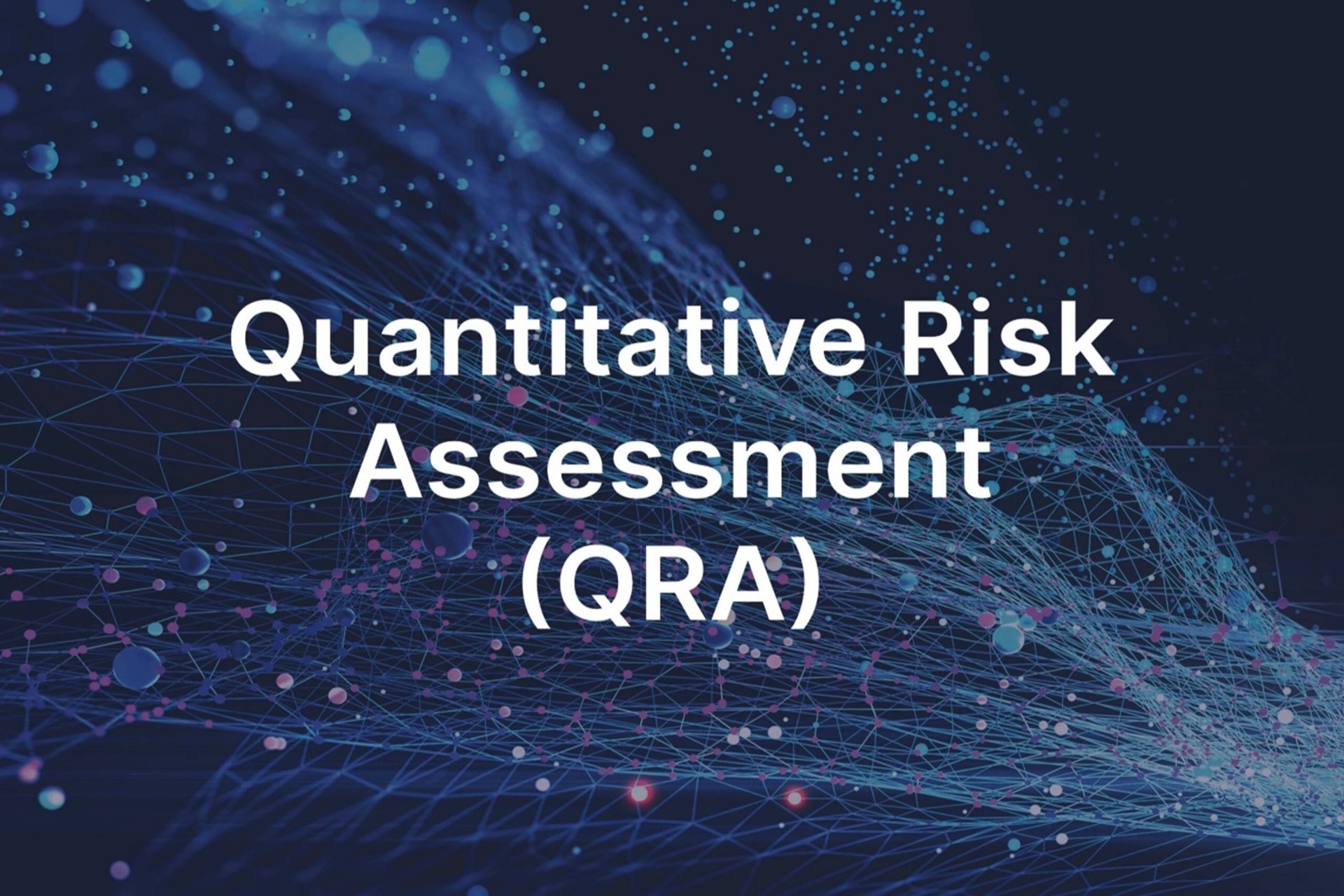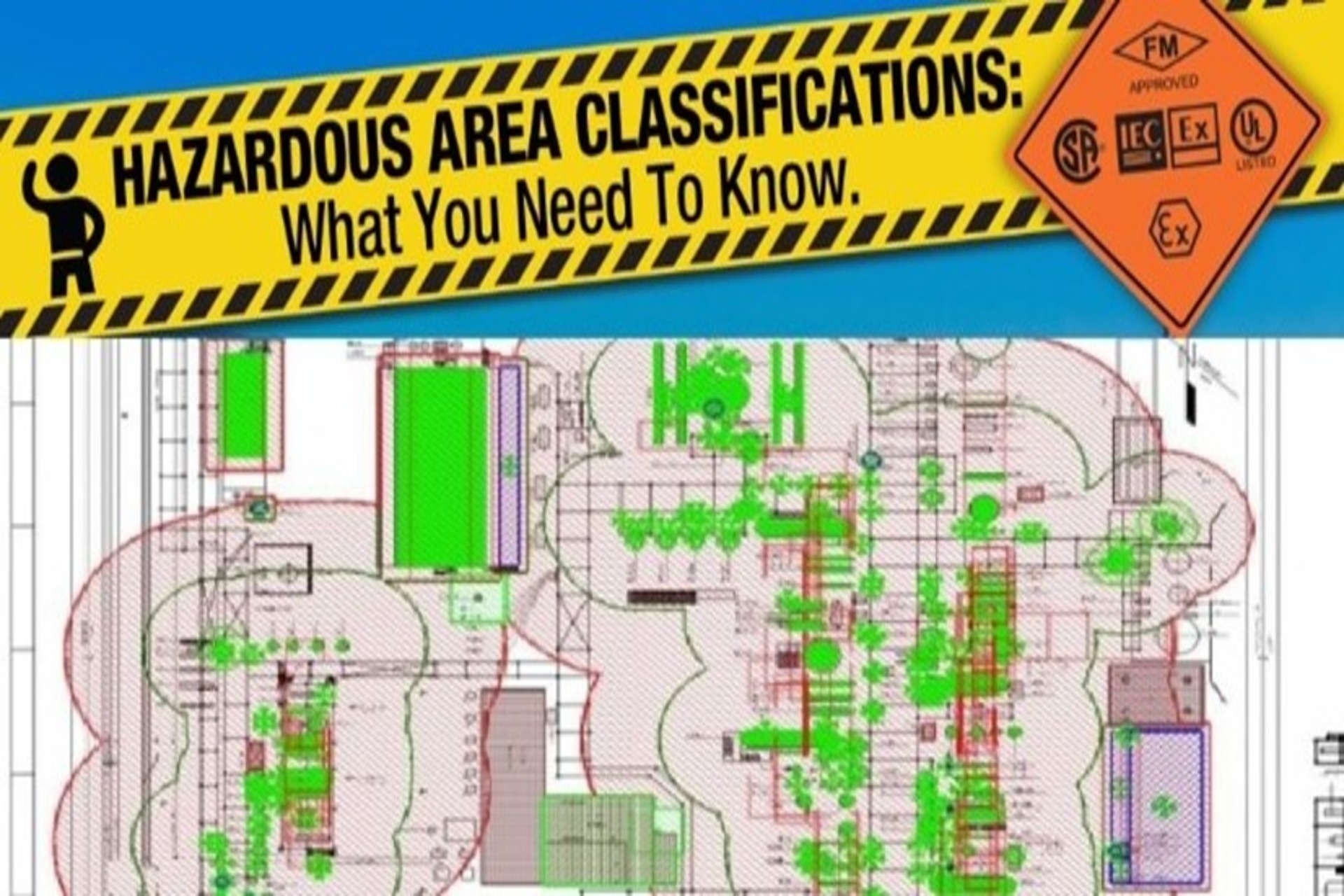
FAQ- QUANTITATIVE RISK ASSESSMENT (QRA)
QRA is a systematic technique used to calculate risks from hazardous events. It predicts the consequences of a hazard and the expected frequency of its occurrence. These factors are combined to obtain numerical risk values, often focusing on the risk of fatality. QRA assesses all identified hazardous events, often grouping similar events as representative or bounding scenarios to quantify overall risk levels.

FAQ- VENT DISPERSION ANALYSIS
Exactly! A Vent Dispersion Analysis Study is crucial for understanding the behavior of airborne emissions from industrial sources and their effects on the environment and public health. Key components of such a study include: Emission Characteristics: Understanding the physical and chemical properties of the released gases or particulates, such as density, toxicity, temperature, and concentration levels. Meteorological Conditions: Factors such as wind speed and direction, atmospheric stability, temperature gradients, and humidity all influence how pollutants disperse in the atmosphere. Topographical Features: Surrounding landforms like hills, valleys, or buildings can affect how emissions spread or become concentrated in certain areas. Modeling and Simulation: Sophisticated software tools are often used to model the dispersion patterns under different scenarios, helping to predict worst-case conditions and average dispersal trends. Health and Environmental Impact Assessment: The study evaluates the potential exposure levels for human populations and ecosystems, helping to define safe zones and mitigation strategies. Regulatory Compliance: Vent dispersion analyses help industries meet local and international air quality standards and emission limits, such as those set by the EPA or other environmental agencies. This analysis plays a key role in industrial planning, safety measures, and environmental protection efforts.

FAQ- HAZARDOUS AREA CLASSIFICATION-IS (HAC)
Hazardous Area Classification (HAC) is a critical safety study aimed at identifying and defining the areas around equipment that handles or stores flammable fluids, vapors, and combustible dusts where the risk of fire or explosion is present. The primary goal is to minimize the possibility of an ignition source coinciding with a flammable atmosphere, thereby reducing the risk of fire or explosion.

FAQ- HAZARDOUS AREA CLASSIFICATION (HAC) STUDY-IEC
Hazardous Area Classification (HAC) is a critical safety study aimed at identifying and defining the areas around equipment that handles or stores flammable fluids, vapors, and combustible dusts where the risk of fire or explosion is present. The primary goal is to minimize the possibility of an ignition source coinciding with a flammable atmosphere, thereby reducing the risk of fire or explosion.




